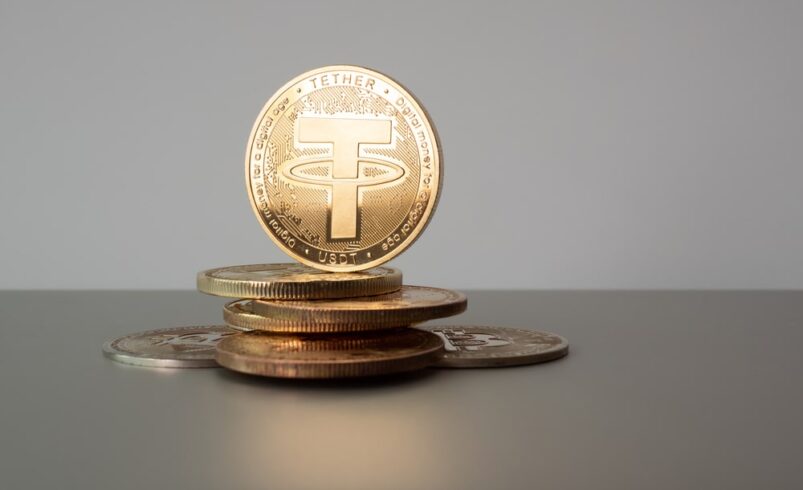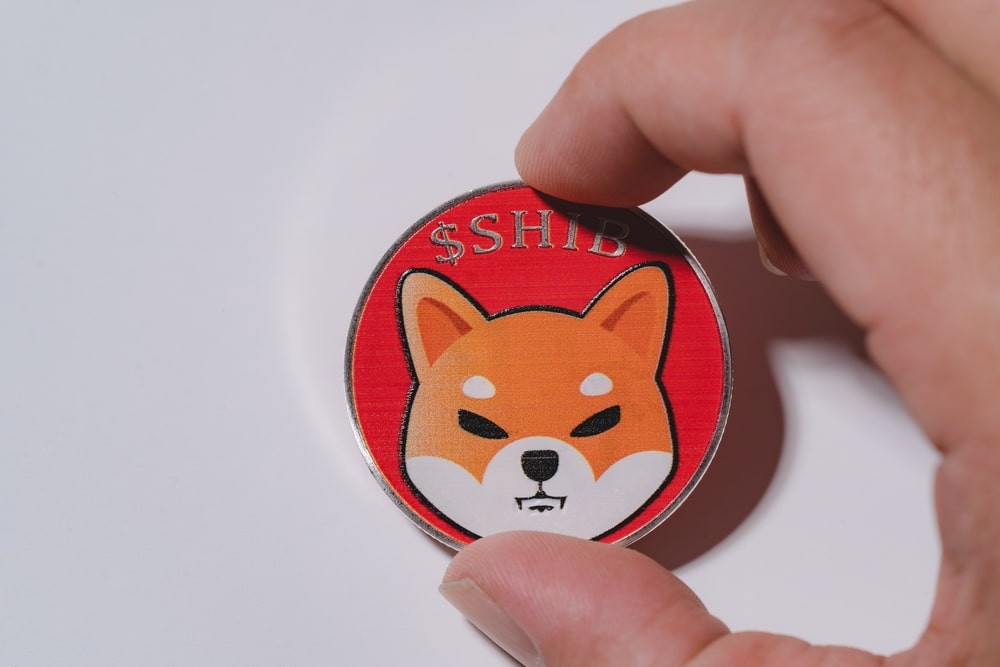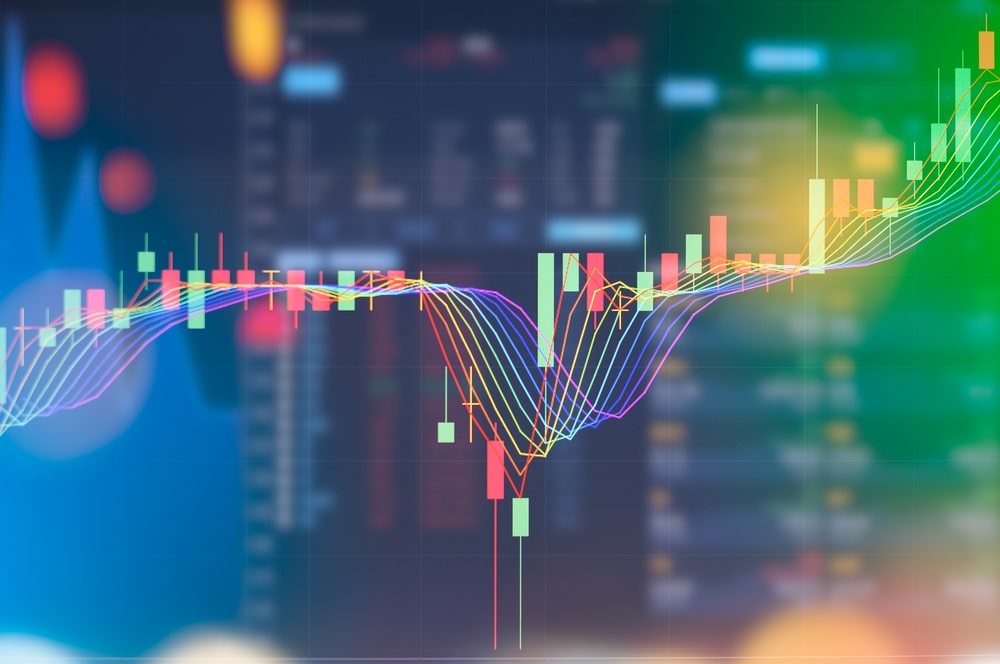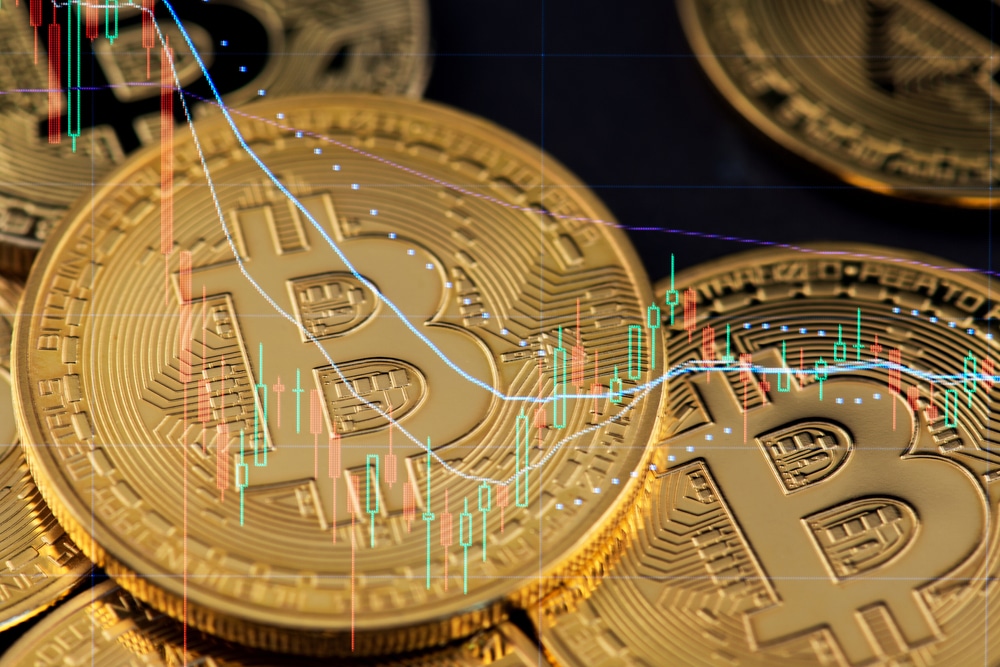Understanding USDT and Its Operational Mechanism

USDT, commonly referred to as Tether, falls under the category of stablecoins. The primary objective of stablecoins is to counteract the usual volatility in the cryptocurrency sphere by pegging each coin to an underlying asset, which could be a fiat currency or commodities like metals.
Operational Dynamics of USDT
USDT presents a noteworthy benefit to traders because it offers stability in an otherwise volatile market. This stability emanates from a reserve and issuance framework, showing its reliability over time.
Reserves overseen by the Tether organization safeguard the stablecoin. These reserves comprise a combination of US Treasurys, cash, and diverse assets.
USDT stands out as one of the predominant stablecoins in the market, with a reputable standing and robust solvency. Notably, a significant proportion of USDT resides on the Tron blockchain, with another considerable portion on Ethereum.
USDT can be stored in either custodial or non-custodial manners. Custodial storage ensures swift access to trading, facilitating prompt position adjustments for traders. In contrast, non-custodial solutions on decentralized exchanges may have smaller liquidity but promise greater security and reliability. Users can also decide between hot and cold storage methods, each presenting merits and considerations.
Potential Risks Associated with USDT
USDT offers numerous benefits, including stability, liquidity, and reduced vulnerability to price manipulation. However, it’s vital to recognize the challenges and risks tied to this stablecoin. A significant concern is the discussions surrounding Tether’s reserve and issuance policies.
Historically, Tether had promised comprehensive audits but has primarily shared quarterly attestations, showcasing a glimpse of its asset management. Further details regarding its banking affiliations remain undisclosed.
In a notable event in 2019, allegations arose that Bitfinex utilized Tether’s assets to covertly offset $850 million lost to the payment processor, Crypto Capital. This event reportedly led to withdrawal complications for Bitfinex users.
On another occasion in 2021, there was wide-ranging speculation about Tether’s possible possession of Chinese commercial paper, especially during the Evergrande turmoil. Tether, when inquired, sidestepped the direct question, only revealing later in 2023 its ownership of Chinese commercial paper.
Additionally, USDT could face potential regulatory challenges due to its links with fiat currencies. The evolving regulatory landscape concerning stablecoins might influence USDT’s reception in the market.
In a settlement with the NY Attorney General in 2021, Tether agreed to a payment of $18.5 million. The NYAG highlighted that USDT was not precisely backed on a “1-to-1” ratio with USD in Tether’s banking reserves for a certain period.
Yet, despite these obstacles, USDT remains a favored option for many in the cryptocurrency domain, attributed to its inherent stability and liquidity.
USDT in the Broader Cryptocurrency Landscape
USDT assumes multiple roles in the cryptocurrency domain. As a stablecoin, it offers a consistent value reserve, granting traders a buffer against the fluctuating values of other cryptocurrencies. Its presence ensures ample liquidity and considerable trading volumes.
In the decentralized finance (DeFi) realm, USDT is a common medium of exchange. Its stable nature and widespread recognition make it a go-to choice in DeFi operations, from lending and borrowing to interest accrual. Additionally, for international remittances, USDT emerges as a preferred choice due to its speed, cost-effectiveness, and value consistency.
Despite debates about its reserve and issuance procedures, USDT continues to stand out in terms of its longevity and financial strength among stablecoins. Its extensive availability across multiple blockchains offers its users adaptability and diverse transaction options. It’s crucial, however, for users to gauge the benefits and drawbacks of various storage methods understanding the nuances between security, privacy, and ease of use.
Final Thoughts
In conclusion, USDT’s multifunctional role in the cryptocurrency sector is evident, from stabilizing the market, ensuring effective trades, and playing a pivotal role in DeFi to streamlining cross-border transfers. Its enduring popularity and trading volume highlight its vital role in cryptocurrency.
DISCLAIMER: It's essential to understand that the content on this page is not meant to serve as, nor should it be construed as, advice in legal, tax, investment, financial, or any other professional context. You should only invest an amount that you are prepared to lose, and it's advisable to consult with an independent financial expert if you're uncertain. For additional details, please review the terms of service, as well as the help and support sections offered by the provider or promoter. While our website strives for precise and impartial journalism, please be aware that market conditions can shift unexpectedly and some (not all) of the posts on this website are paid or sponsored posts.









